Capsize Analysis from Old Man Diaz
On the second day of the 2017 DonQ Regatta, Charlie and Michele Bustamante capsized to weather at the jibe mark and lost their rudder.
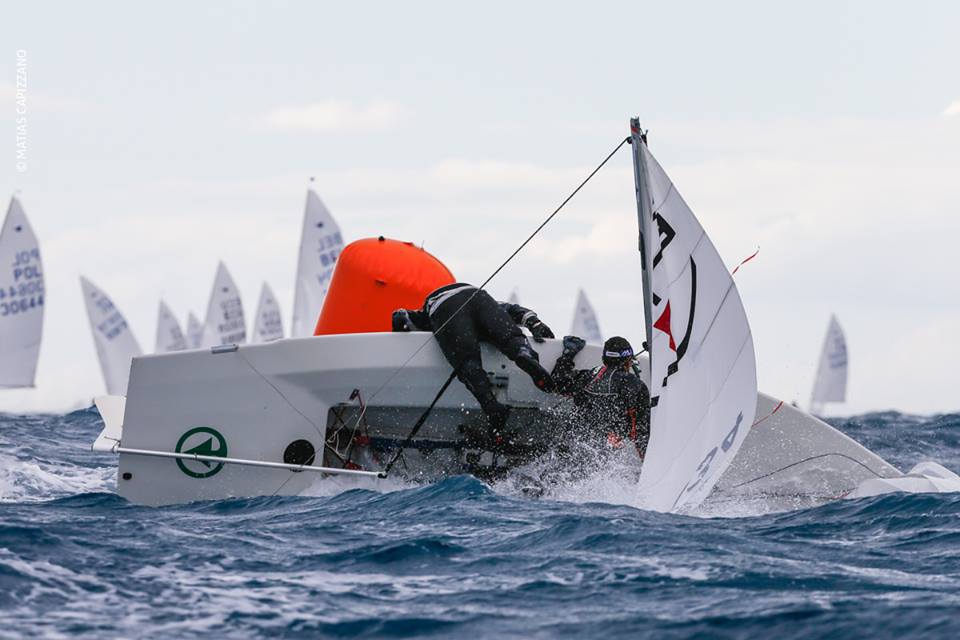

Editor’s Note: On the second day of the 2017 DonQ Regatta, Charlie and Michele Bustamante capsized to weather at the jibe mark and lost their rudder.
Charlie and Michele had approached the jibe mark with the main most of the way out. After the jibe, the boat capsized to weather and the rudder popped off the boat. Charlie swam to get the rudder.
Meanwhile, Michele righted the boat by herself but could not get back onboard. The boat was blowing downwind faster than Charlie could swim, so a safety boat picked him up and returned him and the rudder to the Snipe.
Since Charlie and Michele have “only” been sailing Snipes together for 35 years, they turned to Gonzalo “Old Man” Diaz for some advice about how to avoid making the same mistakes on future heavy air days. We share that advice here so that others can learn from it as well.
Dear Charlie and Michele,
Here are some of my conclusions and analysis:
…
Bad maneuver
There is no doubt that you two made a bad maneuver at the jibe mark. Looks like after the jibe you let your sails go too far out and jumped too quickly to the weather side flipping the boat to weather, and both of you ended up in the water. (Michele says she may not have straddled the centerboard long enough during the jibe, meaning that she jumped to the new weather side of the boat too quickly after or during the jibe).
Didn’t turtle
The boat flipped with the mast to weather, so the mast did not go into the mud. Had the mast gone to leeward of the hull, the wind would have blown the boat and pushed the tip of the mast and sails down to the bottom of the Bay (or in deep ocean waters, the boat would have turtled). By the way, do not plan to turtle a Snipe in Biscayne Bay! I believe the deepest in the Bay is 15 feet, so the top of the mast will hit the bottom before the boat can go turtle.
Perssons float high
I have to tell you that yes, the Persson boats capsized float very high. The reason is all the air tanks, principally the side air tanks. The boats are super buoyant! This keeps very little water in the cockpit. That is why when Michele was able to right the boat, it did not roll over. Boats without side tanks, they do not float that high, but they have a tendency to roll over when you right them because of the amount of water inside the cockpit.
Stay with the boat
Charlie, you shouldn’t have abandoned the boat to go for the rudder that came out of the gudgeons and floated away (we will talk about why this happened later). You should have stayed with Michele, helping her right the boat and then hanging from the boat until help came. Or if possible, get back on board (help each other to get on the boat), take sails down and wait for help to get your rudder. By the way, I have seen that the Persson boats with sails luffing in high winds can be approached on the leeward side to go onboard. They will not flip to leeward! Other boats with a lot of water in the cockpit will not allow you to go in through the leeward side. They would flip!
I have another question: How is that Michele, all by herself, could right the boat up?? Let me guess: when she fell out of the boat, she was under the mast and sails. She swam to the other side of the boat. She jumped up on the water and grabbed the tip of the centerboard and pried hard on it. Since the mast was facing the wind, as soon as the tip of the mast was one foot over the water, the wind caught the sails and helped her right the boat. The boat tried to go over her, but she survived. If that is the case, 100 kudos to Michele!
(Charlie replies: How is it that Michele righted the boat by herself? She is awesome. Connie Commette calls her “Arnette” (as in Schwarzenegger). But we never had this problem with Jibetechs or McLaughlins because they didn’t float as high.)
Charlie, you did not have these problems with Jibetech or McLaughlin boats because you and Michele at that time were 20 years younger!
Trimming the main through the jibe
Now about the main. Going into the jibe, surprisingly, you have to trim the main a little bit and keep good control of the sheet. You cannot let it go before or after jibing, rather, you have to be ready to go into the wind after the jibe if necessary. As you are in the process of jibing there is a little moment that you are going downwind and that is the moment for Michele to straddle the centerboard trunk and you stand up with knees bending to be ready to go to the windward side as soon as the boat completes the jibe. But, you cannot let the main go. Also, another thing you have to be careful is that if at the time of jibing you have a big puff, you have to delay the jibing and keep going until the puff goes away. Don’t let anyone pressure you into jibing. You do not jibe until you feel comfortable to do it. Otherwise, use a “chicken jibe”. That is probably what you have to do in heavy air in the future.
Why the rudder came off
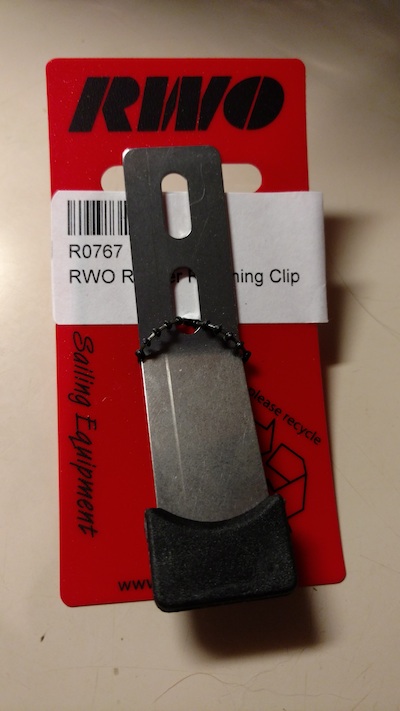 Now, why did the rudder come off? I looked at the transom when you came back to the dock and the rudder lock was badly bent. I don’t think that happened when you capsized. In my experience that rudder was pulled out in previous outings and the lock was bent very badly. I don’t like that type of long metal stop, I like the rudder stops that end in a black plastic piece and are kind of short. For some time the Persson rudders came with a rudder stop installed under the upper pintle. Those are really good and easy to press to release the rudder. Bad thing about those is that they need to drill into the rudder to install it, which weakens the rudder. You can also tie the rudder/tiller into the boat to keep it from popping off. Anyway, now you see the importance of the rudder stop. I think Snipe sailors like you do not pay too much attention to the rudder lock until an accident like this happens. I know you will work diligently on your rudder lock in future!
Now, why did the rudder come off? I looked at the transom when you came back to the dock and the rudder lock was badly bent. I don’t think that happened when you capsized. In my experience that rudder was pulled out in previous outings and the lock was bent very badly. I don’t like that type of long metal stop, I like the rudder stops that end in a black plastic piece and are kind of short. For some time the Persson rudders came with a rudder stop installed under the upper pintle. Those are really good and easy to press to release the rudder. Bad thing about those is that they need to drill into the rudder to install it, which weakens the rudder. You can also tie the rudder/tiller into the boat to keep it from popping off. Anyway, now you see the importance of the rudder stop. I think Snipe sailors like you do not pay too much attention to the rudder lock until an accident like this happens. I know you will work diligently on your rudder lock in future!
Comments for this post are closed


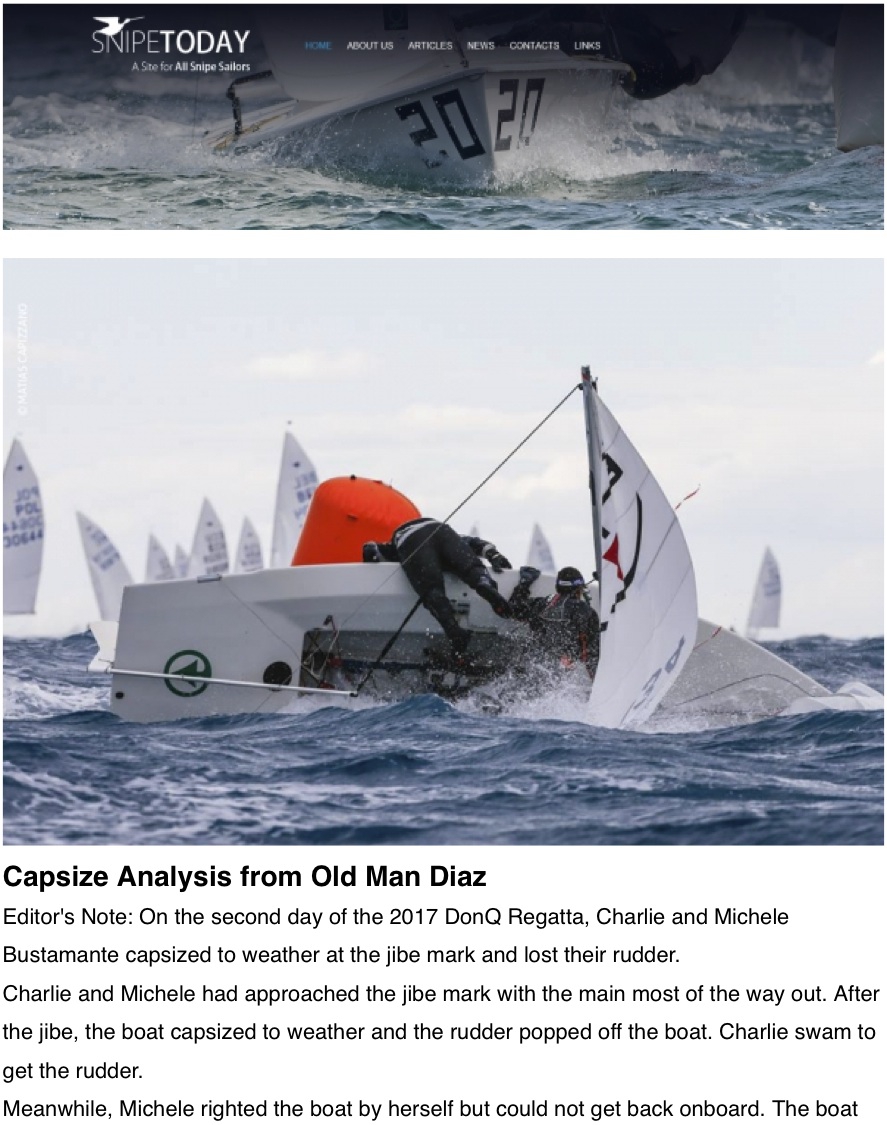


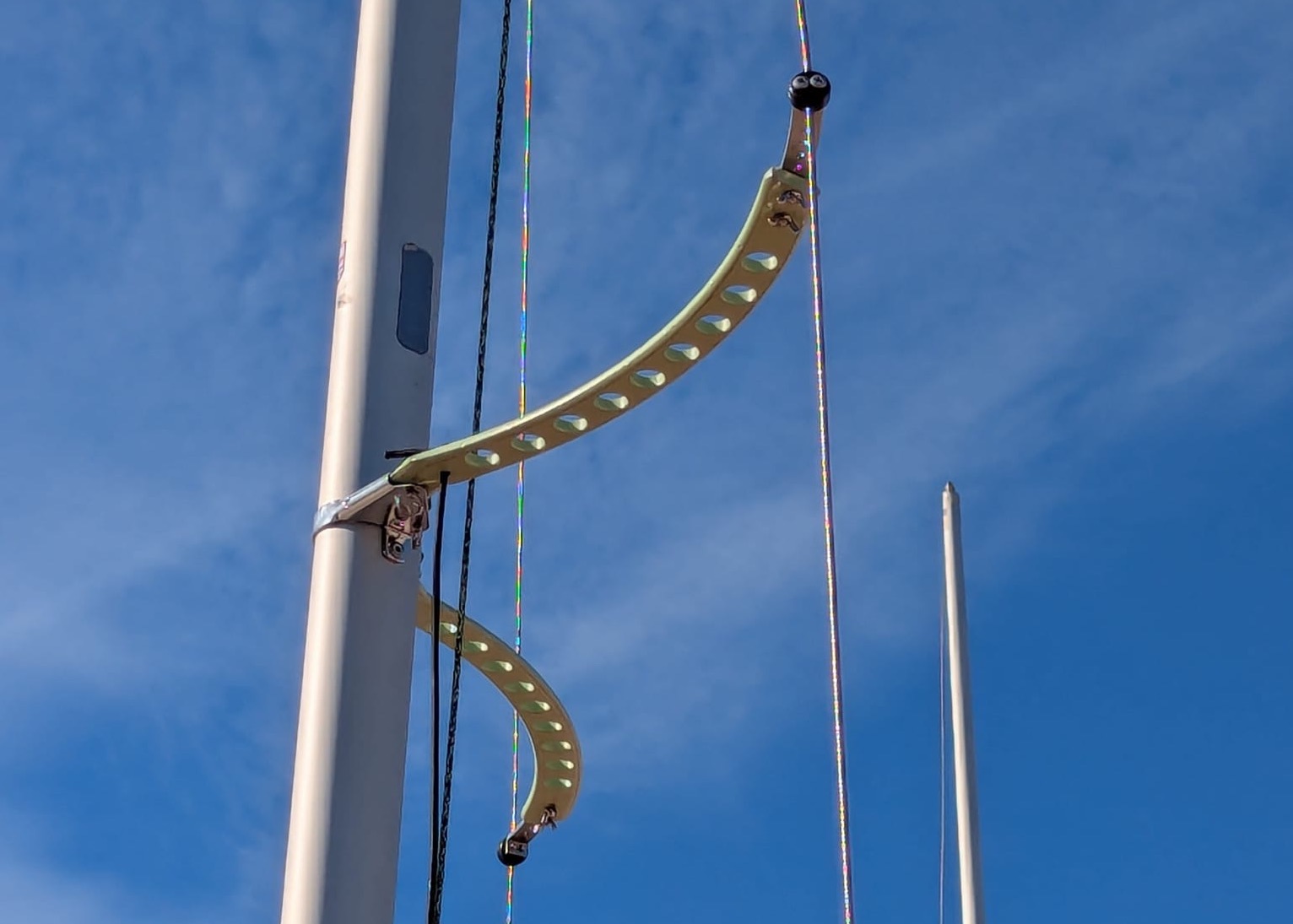


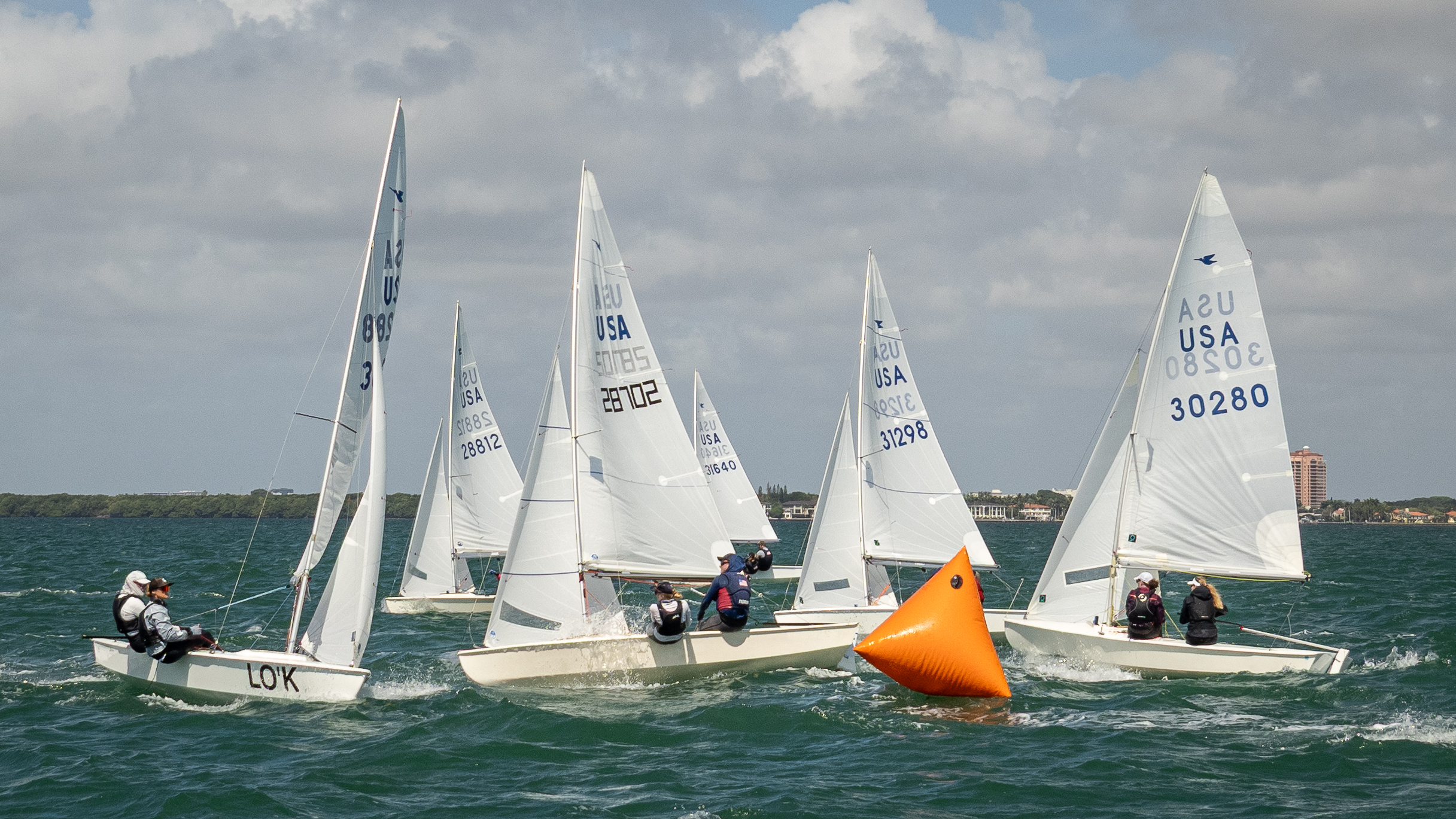
1 comment
Fernando
Wear life jackets, always.
Leave a reply
Your email address will not be published. Your comment will be revised by the site if needed.